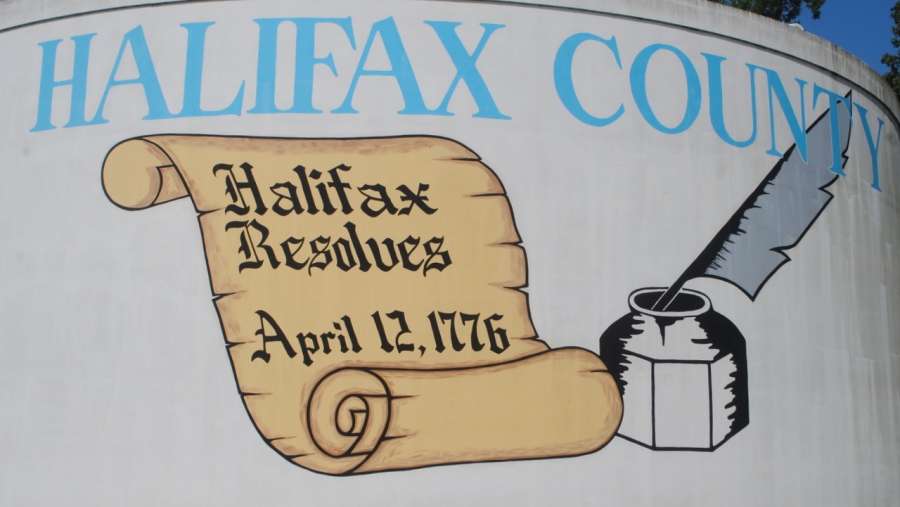Both proposals gained early approval by the E-911 Advisory Board in April, according to a memo from 911 Center Director Heather Joyner contained in the meeting agenda packet.
One is a proposal from Barry Evans of Security Electronics to repaint, repair or replace existing lighting on the main Halifax County tower behind the sheriff’s office to be in compliance with Federal Aviation Administration requirements as well as inspect existing coaxial cables, mounting and antennas. That proposal is $13,900.
The second, which directly deals with improving reception in the two dead areas comes from Raleigh-based Thompson Communications to furnish, install and maintain two radio repeaters. One would be placed at the Edwards Fork water tower at Highway 903 east of Scotland Neck while the other would be placed at the Summit water tower off Highway 158 east of Littleton.
“These repeaters will be linked to the main Halifax County repeater in Halifax and will greatly improve first responders’ ability to communicate with handheld radios in areas where current system performance … is considered marginal or unusable,” the memo says.
Thompson’s proposal is $29,000.
The Thompson proposal comes after demos were done in the Summit and Edwards Fork areas, Brian Bozard, who has partnered with Thompson on the project, told commissioners. “We looked at stop gap measures to bring up the expectations.”
Using the Scotland Neck water tank as a demo the results were successful and for “the first time a deputy sheriff could go in a building and communicate.”
“We know our system is antiquated,” Joyner said. “This is a short-term solution to a bigger problem we will have in the future.”
Commissioner Marcelle Smith said from here on the county needs to look at a comprehensive plan for emergency communications. “There’s still going to be concerns.We need to do all we can to have a seamless system.”
Sheriff Wes Tripp told the board in his 31 years of law enforcement, 20 of those have been beset with radio problems.
Tripp said afterward the demo project worked and once installed will save the county money. “If you went digital it would cost several hundreds of thousands of dollars. That’s for a digital base station at dispatch digital repeaters, radios in cars, pagers, and portables, not to mention the water towers belong to the county, and that being so, saves the county extra dollars.”
Tripp said the biggest future concern is when the Federal Communications Commission mandates agencies go to digital. “The water tower projects will give the county time to prepare down the road for those added expenses when the FCC says you must go digital.”
While there will always be dead spots, Tripp said, “This testing has greatly improved those dead spots.”








